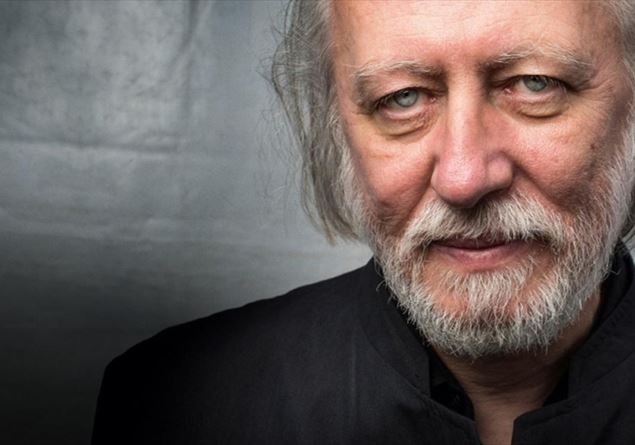“For his compelling and visionary work which, in the midst of apocalyptic terror, reaffirms the power of art”: this is the motivation of the Swedish academy for awarding the Nobel Prize for Literature to the Hungarian writer László Krasznahorkai, compared to giants such as Gogol, Melville and Kafka,
For years, the name of the Hungarian writer László Krasznahorkai, born in 1954 in Gyula, had regularly appeared among the candidates for the Nobel Prize. Winner of the International Booker Prize in 2015 (first Hungarian in the history of the prize), for the entire work, defined as “visionary and rigorous”, he made his debut in 1985 with Sátántangóimmediately establishing himself as one of the most original voices in contemporary Hungarian fiction. The book, set in a ruined rural village, explores desperation, decadence and illusory hope — themes central to all of his work. In an abandoned and muddy Hungarian village, a group of inhabitants live in poverty and illusion. When word spreads that Irimiás, a former con man believed dead, is returning, the community falls into a frenzy of hope and deception. Between incessant rain, moral ruin and cycles of betrayal, the novel shows a paralyzed humanity, waiting for a salvation that will never come. A dance towards the apocalypse in which the nihilism that will distinguish his entire work shines through (Melancholia of resistance, War and war, …).
When your novel came out Baron Wenckheim the author defined it as the “unique” book he had always wanted to write. For critics, undoubtedly uan important work, destined to become one of the canonical texts of contemporary European literature and in which he managed to combine formal rigor and refined literary constraints with the readability of a modern story. This is what Magali Cartigny wrote in Le monde in April 2023 about the novel:
«The comedy of the situations and characters merges with the disgust for the world as it is – in a country, his, that the sarcastic writer considers adrift. Despite the sentences and monologues that extend for several pages, following a sort of “stream of consciousness”, on the model of that of Molly Bloom at the end of James Joyce’s Ulysses) which transports the reader from one character to another without making him get lost; despite the fractures in the narrative, the philosophical digressions, despite the crumbling scenario of a Hungarian provincial town where the flattest conformism and petty-bourgeois complacency reign, but where gangs of neo-Nazi bikers already impose their law, crushing faces under their hobnailed boots… Despite all this, he’s back and manages to drag us along with him…”.
Baron Wenckheim is back in 2019 it also won the National Book Award for Translated Literature. In Italy his books are published Bompiani translated by Dora Várkonyi, while Baron Wenckheim by Natascia Pennacchi.
A scene from the film Sátántangó, the film is in black and white and has a duration of over 7 hours. The story is based on the novel of the same name by László Krasznahorkai,
at the cinema
Krasznahorkai is also known for its la collaboration with the Hungarian director Béla Tarr (considered one of the greatest contemporary directors), for whom he wrote or inspired several screenplays, including: Sátántangó (1994), Werckmeister harmonies (2000), The Turin horse (2011).


